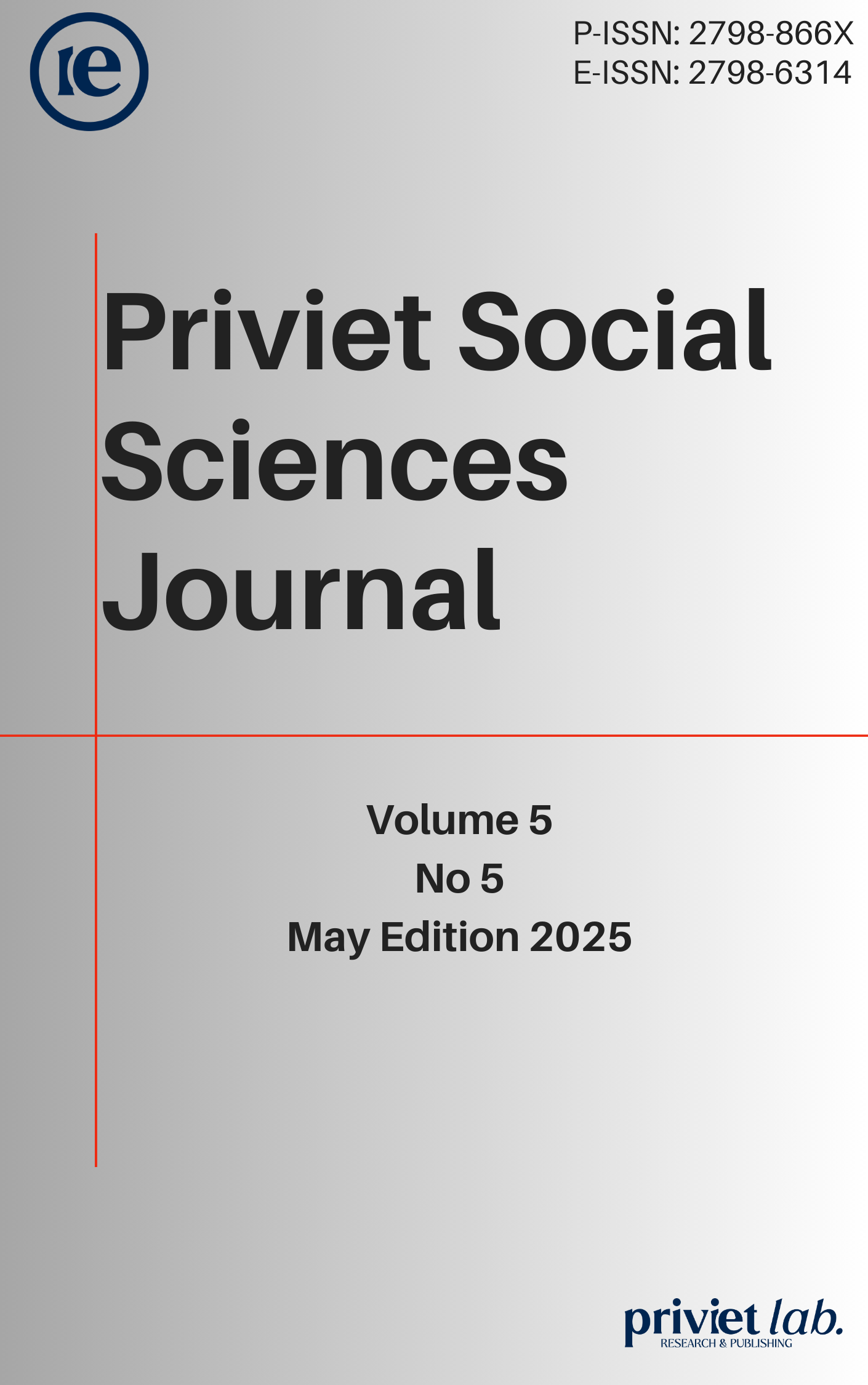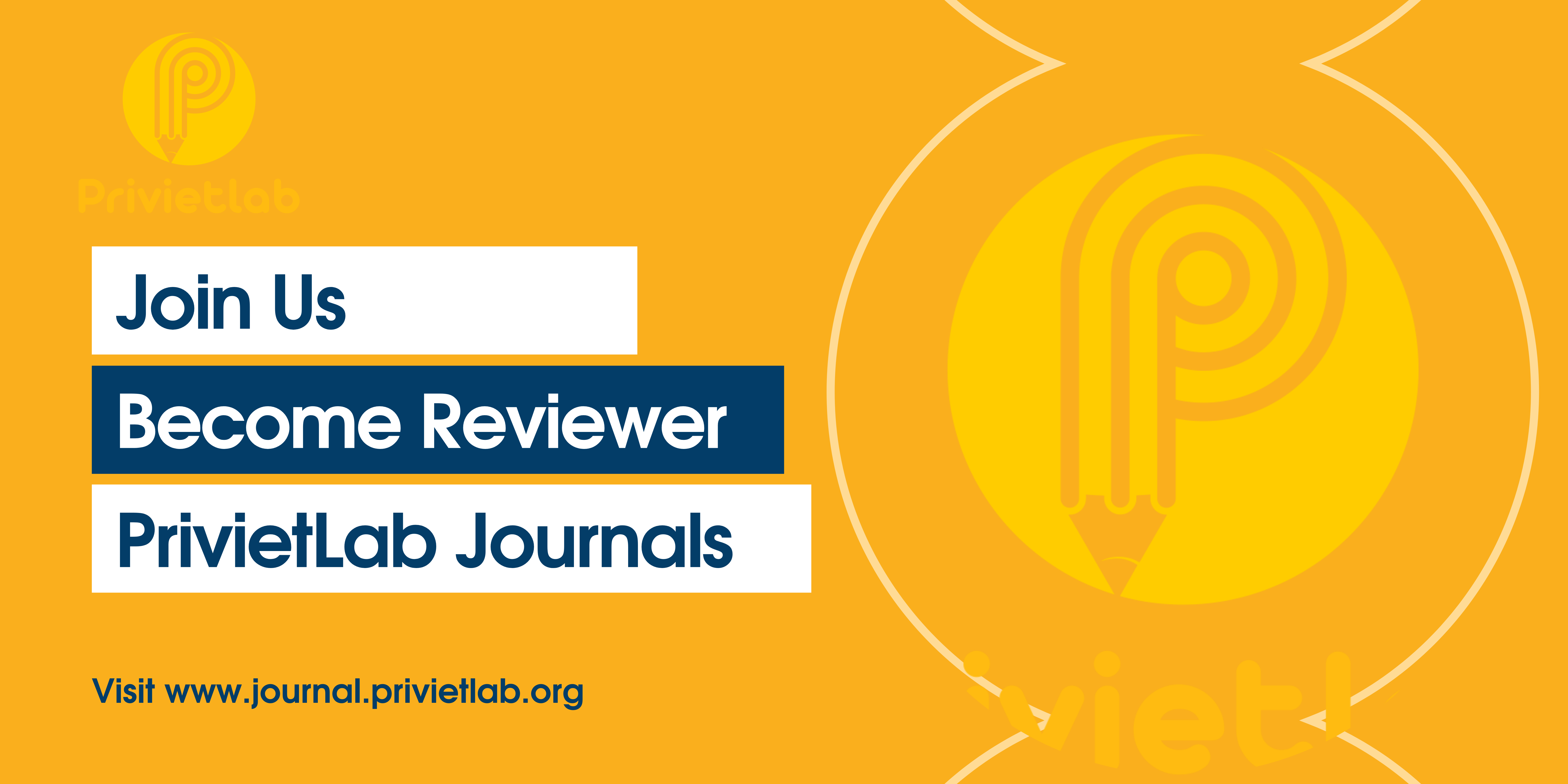Development of public service advertisement about environmental cleanliness using after effect based on motion graphic animation
DOI:
https://doi.org/10.55942/pssj.v5i5.346Keywords:
Public Service Announcement, Motion Graphic Animation, Environmental Behavior, Urban Communication, Bogor IndonesiaAbstract
Advertising is one of the most powerful promotional ways to convey a message or promote something, public service advertisements are one type of advertisement that contains a message to be conveyed to the public. Conventional public service advertisements are usually less interesting because they are not very creative so that people who watch are not interested in the advertisement and the content of the message of the public service advertisement is not conveyed. In making this Motion Graphic Animation mutimedia-based public service advertisement, the author uses the literature study method for data collection and the author uses multimedia-based software such as Adobe After Effect and Adobe Illustrator as support in working on this public service advertisement. This research aims to make people more interested in watching public service advertisements and can understand and apply the useful messages in these public service advertisements.
References
Abbott, M. L. (2016). Using statistics in the social and health sciences with SPSS and excel. John Wiley & Sons. https://www.amazon.com/Using-Statistics-Social-Health-Sciences/dp/1119121043 DOI: https://doi.org/10.1002/9781119121077
Albarrak, A. I., Mohammed, R., Almarshoud, N., Almujalli, L., Aljaeed, R., Altuwaijiri, S., & Albohairy, T. (2021). Assessment of physician’s knowledge, perception and willingness of telemedicine in Riyadh region, Saudi Arabia. Journal of Infection and Public Health, 14(1), 97–102. https://doi.org/10.1016/j.jiph.2019.04.006 DOI: https://doi.org/10.1016/j.jiph.2019.04.006
Alghamdi, S. M., Aldhahir, A. M., Alqahtani, J. S., Siraj, R. A., Alsulayyim, A. S., Almojaibel, A. A., Alhotye, M., Alanazi, A. M., & Alqarni, A. A. (2022). Healthcare Providers’ Perception and Barriers Concerning the Use of Telehealth Applications in Saudi Arabia: A Cross-Sectional Study. Healthcare, 10(8), Article 8. https://doi.org/10.3390/healthcare10081527 DOI: https://doi.org/10.3390/healthcare10081527
Alharbi, N. S., AlGhanmi, A. S., & Fahlevi, M. (2022). Adoption of Health Mobile Apps during the COVID-19 Lockdown: A Health Belief Model Approach. International Journal of Environmental Research and Public Health, 19(7), 4179. https://doi.org/10.3390/ijerph19074179
Alharbi, N. S., Alghanmi, A. S., & Fahlevi, M. (2022). Public Awareness, Uses, And Acceptance Towards Government Health Mobile Apps During The Covid-19 Lockdown: The Case Of Saudi Arabia. ICIC Express Letters, Part B: Applications, 13(9), 887–895. Scopus. https://doi.org/10.24507/icicelb.13.09.887 DOI: https://doi.org/10.3390/ijerph19074179
Alharbi, N. S., Alsubki, N., Altamimi, S. R., Alonazi, W., & Fahlevi, M. (2022). COVID-19 Mobile Apps in Saudi Arabia: Systematic Identification, Evaluation, and Features Assessment. Frontiers in Public Health, 10. https://www.frontiersin.org/article/10.3389/fpubh.2022.803677 DOI: https://doi.org/10.3389/fpubh.2022.803677
Alhashmi, S. F. S., Salloum, S. A., & Abdallah, S. (2020). Critical Success Factors for Implementing Artificial Intelligence (AI) Projects in Dubai Government United Arab Emirates (UAE) Health Sector: Applying the Extended Technology Acceptance Model (TAM). In A. E. Hassanien, K. Shaalan, & M. F. Tolba (Eds.), Proceedings of the International Conference on Advanced Intelligent Systems and Informatics 2019 (pp. 393–405). Springer International Publishing. https://doi.org/10.1007/978-3-030-31129-2_36
Amin, M., Rezaei, S., & Abolghasemi, M. (2014). User satisfaction with mobile websites: The impact of perceived usefulness (PU), perceived ease of use (PEOU) and trust. Nankai Business Review International, 5(3), 258-274. https://doi-org/10.1108/NBRI-01-2014-0005 DOI: https://doi.org/10.1108/NBRI-01-2014-0005
Ashfaq, M., Yun, J., Yu, S., & Loureiro, S. M. C. (2020). I, Chatbot: Modeling the determinants of users’ satisfaction and continuance intention of AI-powered service agents. Telematics and Informatics, 54, 101473. https://doi.org/10.1016/j.tele.2020.101473 DOI: https://doi.org/10.1016/j.tele.2020.101473
Ayat, Z., & Sami, A.-H. (2022). Infection prevention and control practices among primary healthcare nurses regarding COVID-19 in Saudi Arabia: A cross-sectional study. Annals of Medicine and Surgery, 77, 103298. https://doi.org/10.1016/j.amsu.2022.103298 DOI: https://doi.org/10.1016/j.amsu.2022.103298
Baskin, R. G., & Bartlett, R. (2021). Healthcare worker resilience during the COVID-19 pandemic: An integrative review. Journal of Nursing Management, 29(8), 2329–2342. https://doi.org/10.1111/jonm.13395 DOI: https://doi.org/10.1111/jonm.13395
Blandford, A., Wesson, J., Amalberti, R., AlHazme, R., & Allwihan, R. (2020). Opportunities and challenges for telehealth within, and beyond, a pandemic. The Lancet Global Health, 8(11), e1364–e1365. https://doi.org/10.1016/S2214-109X(20)30362-4 DOI: https://doi.org/10.1016/S2214-109X(20)30362-4
Chin, W. W. (1998). The partial least squares approach for structural equation modeling. In G. A. Marcoulides (Ed.), Modern methods for business research (pp. 295–336). Lawrence Erlbaum Associates Publishers. https://psycnet.apa.org/record/1998-07269-010
Chirico, F., Nucera, G., & Magnavita, N. (2020). COVID-19: Protecting healthcare workers is a priority. Infection Control & Hospital Epidemiology, 41(9), 1117–1117. https://doi.org/10.1017/ice.2020.148 DOI: https://doi.org/10.1017/ice.2020.148
Davis, F. D. (1989). Perceived Usefulness, Perceived Ease of Use, and User Acceptance of Information Technology. MIS Quarterly, 13(3), 319–340. https://doi.org/10.2307/249008 DOI: https://doi.org/10.2307/249008
Donelan, K., Barreto, E. A., Sossong, S., Michael, C., Estrada, J. J., Cohen, A. B., Wozniak, J., & Schwamm, L. H. (2019). Patient and clinician experiences with telehealth for patient follow-up care. Am J Manag Care, 25(1), 40–44. https://www.ajmc.com/view/patient-and-clinician-experiences-with-telehealth-for-patient-followup-care
Fahlevi, M. (2025). Experiential quality and satisfaction in marine tourism: A gendered analysis of post-visit behavior and frequency of visits in Lampung, Indonesia. Cogent Social Sciences. 10.1080/23311886.2025.2460811 DOI: https://doi.org/10.1080/23311886.2025.2460811
Fahlevi, M., Zuhri, S., Parashakti, R., & Ekhsan, M. (2019). Leadership Styles of Food Truck Businesses. Journal of Research in Business, Economics and Management, 13(2), 2437–2442. https://www.researchgate.net/publication/334441144_leadership_styles_of_food_truck_businesses
Garfan, S., Alamoodi, A. H., Zaidan, B. B., Al-Zobbi, M., Hamid, R. A., Alwan, J. K., Ahmaro, I. Y. Y., Khalid, E. T., Jumaah, F. M., Albahri, O. S., Zaidan, A. A., Albahri, A. S., Al-qaysi, Z. T., Ahmed, M. A., Shuwandy, M. L., Salih, M. M., Zughoul, O., Mohammed, K. I., & Momani, F. (2021). Telehealth utilization during the Covid-19 pandemic: A systematic review. Computers in Biology and Medicine, 138, 104878. https://doi.org/10.1016/j.compbiomed.2021.104878 DOI: https://doi.org/10.1016/j.compbiomed.2021.104878
Hair, J. F., Hult, G. T. M., Ringle, C. M., & Sarstedt, M. (2017). A Primer on Partial Least Squares Structural Equation Modeling (PLS-SEM). 2nd Edition, Sage Publications Inc., Thousand Oaks, CA. https://www.scirp.org/reference/referencespapers?referenceid=2297757
Henseler, J., Ringle, C. M., & Sarstedt, M. (2015). A new criterion for assessing discriminant validity in variance-based structural equation modeling. Journal of the Academy of Marketing Science, 43(1), 115–135. https://doi.org/10.1007/s11747-014-0403-8 DOI: https://doi.org/10.1007/s11747-014-0403-8
Hinton, P. R., & McMurray, I. (2017). Presenting your data with SPSS explained. Taylor & Francis, Routledge, London. https://doi.org/10.4324/9781315689524 DOI: https://doi.org/10.4324/9781315689524
James, S., Ashley, C., Williams, A., Desborough, J., Mcinnes, S., Calma, K., Mursa, R., Stephen, C., & Halcomb, E. J. (2021). Experiences of Australian primary healthcare nurses in using telehealth during COVID-19: A qualitative study. BMJ Open, 11(8), e049095. https://doi.org/10.1136/bmjopen-2021-049095 DOI: https://doi.org/10.1136/bmjopen-2021-049095
Joshi, A. U., Randolph, F. T., Chang, A. M., Slovis, B. H., Rising, K. L., Sabonjian, M., Sites, F. D., & Hollander, J. E. (2020). Impact of Emergency Department Tele-intake on Left Without Being Seen and Throughput Metrics. Academic Emergency Medicine, 27(2), 139–147. https://doi.org/10.1111/acem.13890 DOI: https://doi.org/10.1111/acem.13890
Kock, N. (2015). Common Method Bias in PLS-SEM: A Full Collinearity Assessment Approach. International Journal of E-Collaboration (IJeC), 11(4), 1–10. https://doi.org/10.4018/ijec.2015100101 DOI: https://doi.org/10.4018/ijec.2015100101
Kruse, C. S., Krowski, N., Rodriguez, B., Tran, L., Vela, J., & Brooks, M. (2017). Telehealth and patient satisfaction: A systematic review and narrative analysis. BMJ Open, 7(8), e016242. https://doi.org/10.1136/bmjopen-2017-016242 DOI: https://doi.org/10.1136/bmjopen-2017-016242
Lind, D. A., Marchal, W. G., & Wathen, S. A. (2018). Statistical Techniques in Business & Economics (17th ed., p. 897). 978-1-259-66636-0. McGraw Hill Education, New York, United States. https://opaclib.inaba.ac.id/index.php?p=show_detail&id=1574&keywords=
Raza, S. A., Umer, A., & Shah, N. (2017). New determinants of ease of use and perceived usefulness for mobile banking adoption. International Journal of Electronic Customer Relationship Management, 11(1), 44–65. http://dx.doi.org/10.1504/IJECRM.2017.086751 DOI: https://doi.org/10.1504/IJECRM.2017.086751
Reddy, M. V. (2019). Statistical methods in psychiatry research and SPSS. 2nd Edition, CRC Press. New York. https://www.taylorfrancis.com/books/mono/10.1201/9780429023309/statistical-methods-psychiatry-research-spss-venkataswamy-reddy DOI: https://doi.org/10.1201/9780429023309
Rouidi, M., Elouadi, A. E., Hamdoune, A., Choujtani, K., & Chati, A. (2022). TAM-UTAUT and the acceptance of remote healthcare technologies by healthcare professionals: A systematic review. Informatics in Medicine Unlocked, 32, 101008. https://doi.org/10.1016/j.imu.2022.101008 DOI: https://doi.org/10.1016/j.imu.2022.101008
Satin, A. M., & Lieberman, I. H. (2021). The Virtual Spine Examination: Telemedicine in the Era of COVID-19 and Beyond. Global Spine Journal, 11(6), 966–974. https://doi.org/10.1177/2192568220947744 DOI: https://doi.org/10.1177/2192568220947744
Saunders, M., Lewis, P., & Thornhill, A. (2009). Research Methods for Business Students (5th ed.). Prentice Hall. https://www.scirp.org/reference/referencespapers?referenceid=1903646
Sekaran, U., & Bougie, R. (2016). Research methods for business: A skill building approach. John Wiley & Sons, West Sussex. https://www.scirp.org/reference/referencespapers?referenceid=2371540
Shachak, A., Kuziemsky, C., & Petersen, C. (2019). Beyond TAM and UTAUT: Future directions for HIT implementation research. Journal of Biomedical Informatics, 100, 103315. https://doi.org/10.1016/j.jbi.2019.103315 DOI: https://doi.org/10.1016/j.jbi.2019.103315
Simpson, S., Kay, F. U., Abbara, S., Bhalla, S., Chung, J. H., Chung, M., Henry, T. S., Kanne, J. P., Kligerman, S., Ko, J. P., & Litt, H. (2020). Radiological Society of North America Expert Consensus Statement on Reporting Chest CT Findings Related to COVID-19. Endorsed by the Society of Thoracic Radiology, the American College of Radiology, and RSNA - Secondary Publication. Journal of Thoracic Imaging, 35(4), 219. https://doi.org/10.1097/RTI.0000000000000524 DOI: https://doi.org/10.1097/RTI.0000000000000524
Smith, A. C., Thomas, E., Snoswell, C. L., Haydon, H., Mehrotra, A., Clemensen, J., & Caffery, L. J. (2020). Telehealth for global emergencies: Implications for coronavirus disease 2019 (COVID-19). Journal of Telemedicine and Telecare, 26(5), 309–313. https://doi.org/10.1177/1357633X20916567 DOI: https://doi.org/10.1177/1357633X20916567
Venkatesh, V., Thong, J. Y., & Xu, X. (2012). Consumer acceptance and use of information technology: Extending the unified theory of acceptance and use of technology. MIS Quarterly, 36(1), 157–178. https://papers.ssrn.com/sol3/papers.cfm?abstract_id=2002388 DOI: https://doi.org/10.2307/41410412
Wang, L., Didelot, X., Yang, J., Wong, G., Shi, Y., Liu, W., Gao, G. F., & Bi, Y. (2020). Inference of person-to-person transmission of COVID-19 reveals hidden super-spreading events during the early outbreak phase. Nature Communications, 11(1), Article 1. https://doi.org/10.1038/s41467-020-18836-4 DOI: https://doi.org/10.1038/s41467-020-18836-4
Downloads
Published
How to Cite
Issue
Section
License
Copyright (c) 2025 Dandi Rajki Nurpadilah, Amir Hamzah Pohan, Charmiyanti Nurkentjana Aju, Mochamad Sanwasih, Khadijah Khadijah

This work is licensed under a Creative Commons Attribution 4.0 International License.

















